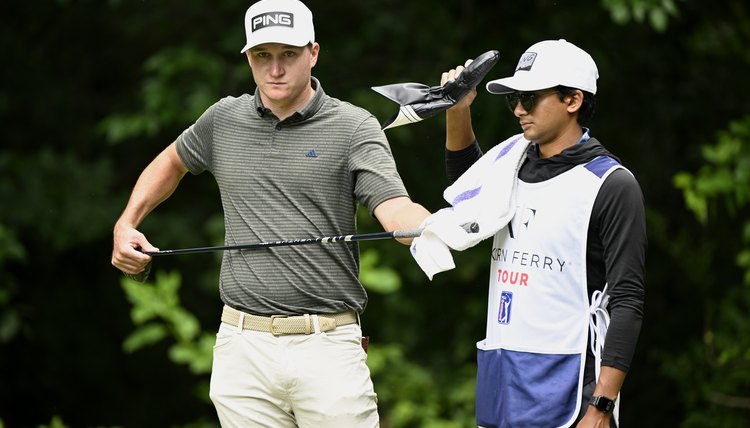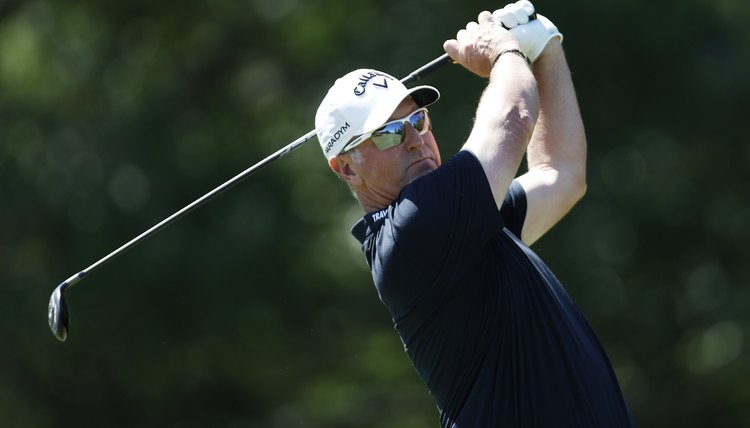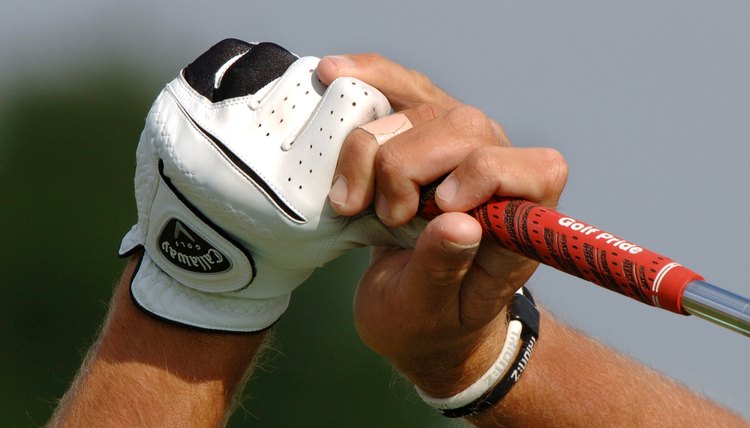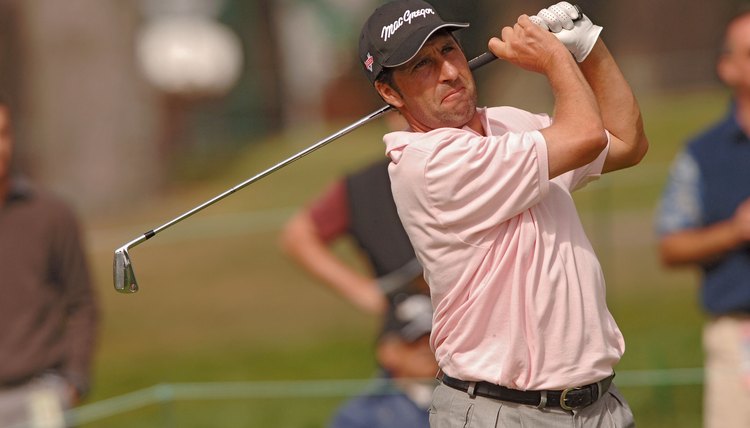What Happens When Your Golf Grip is Too Big?

If you want to rip the golf ball down the fairway while achieving maximum ball flight, having the right size golf grips on each of your golf clubs is an essential start. As club technology expert Tom Wishon states, "Playing with the right grip size is hugely important."
The wrong size grip, like midsize grips for people with large hands or oversized golf grips for people with small hands are likely to put them in the rough or a bunker on a regular basis in their golf game. Golf equipment experts and club fitters use charts to measure your grip size according to a formula that has been around for decades, helping you find the correct grip size and compliment your golf swing immediately.
Conventional wisdom regarding grip size is seemingly under attack, and the ideal grip size for you is likely to be a matter of trial and error.

Bigger Is Not Better
If your golf grip size is too big, you can expect errant golf shots. Wishon explains that an overly large grip adversely changes the angle of your wrist on the downswing- this can prevent you from rotating the clubface quickly enough to square it up to the ball at the point of impact. Fades and slices are a likely consequence.
Bob Lamkin, president of Lamkin Grips, one of the premier grip manufacturers, says that overly large grips tend to restrict hand movement, which affects clubhead speed and results in less distance. Undersize grips aren't advisable either -- your hand movement increases too much and plays havoc with your accuracy.
Conventional Wisdom for Defining a Too-Big Grip
According to conventional wisdom, your grip size is correct when you close your hands around the club and the tips of your fingers just miss touching the base of your hands. If your fingers touch your hands, you need a larger grip. If there is a noticeable gap between your fingers and hands, you need a smaller grip.
Grips come in five basic diameters, ranging from undersized to jumbo and can be customized as precisely as 1/64th inches. But a number of experts believe the conventional wisdom is out-of-date.

The Conventional Wisdom Debunked
In a test conducted by Golf.com in 2010, 24 golfers of different ability levels hit balls using grips based on the conventional fitting chart. Almost all of them preferred a different grip size than the chart designated as appropriate for their hand size.
More importantly, only five of the 24 golfers hit their best shots with conventionally fitted grips. Golf.com concluded, "Your grips are costing you at least five strokes per round."

The New Wisdom
According to Golf.com, the only way to determine the best grip "is to experiment with as many different sizes as possible." Measure results on the range or with a launch monitor to determine which grips give you the most distance and accuracy.
Tom Wishon believes grip comfort is the key for golfers of all ability levels, from beginners to PGA Tour pros. By choosing the most comfortable size, "the hands and arms can maintain a secure hold on the grip without excess grip pressure or muscle contraction in the forearms."
How to Find your Golf Grip
- Start with a grip that feels comfortable and natural. Don't worry about getting the grip size perfect at first. You can always adjust the grip size later if needed.
- Check your grip size regularly. As your swing changes, your grip size may need to change as well.
- Get fitted by a professional if you're not sure what grip size is right for you. A professional can help you find the grip size that will give you the most control and power in your swing.
Writer Bio
Jim Thomas has been a freelance writer since 1978. He wrote a book about professional golfers and has written magazine articles about sports, politics, legal issues, travel and business for national and Northwest publications. He received a Juris Doctor from Duke Law School and a Bachelor of Science in political science from Whitman College.
